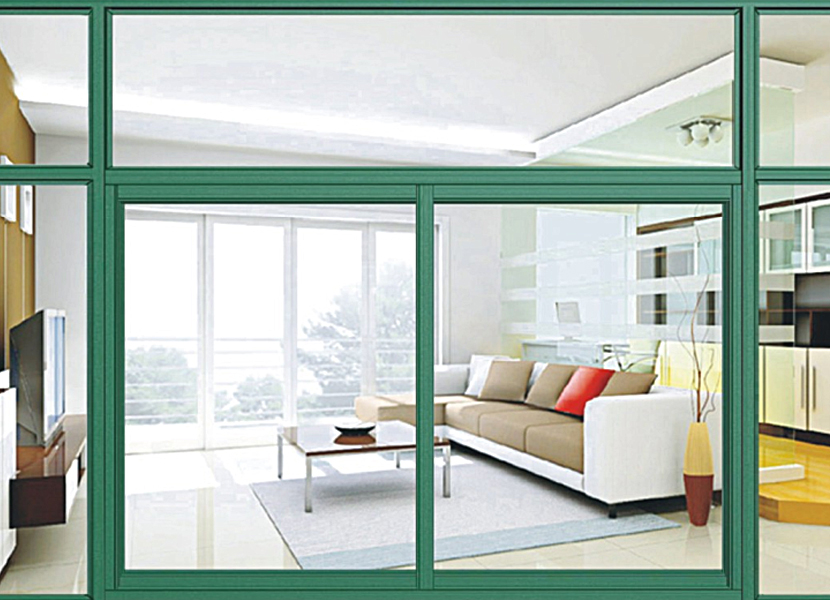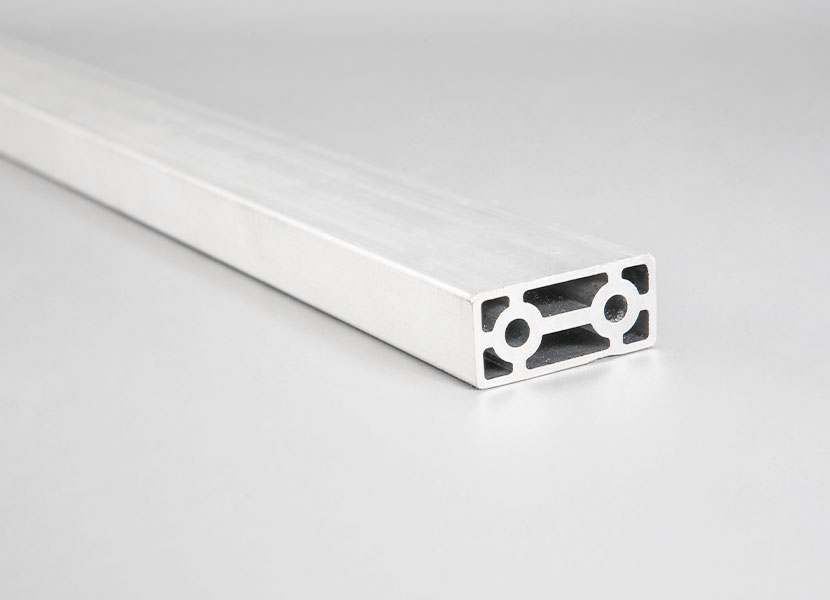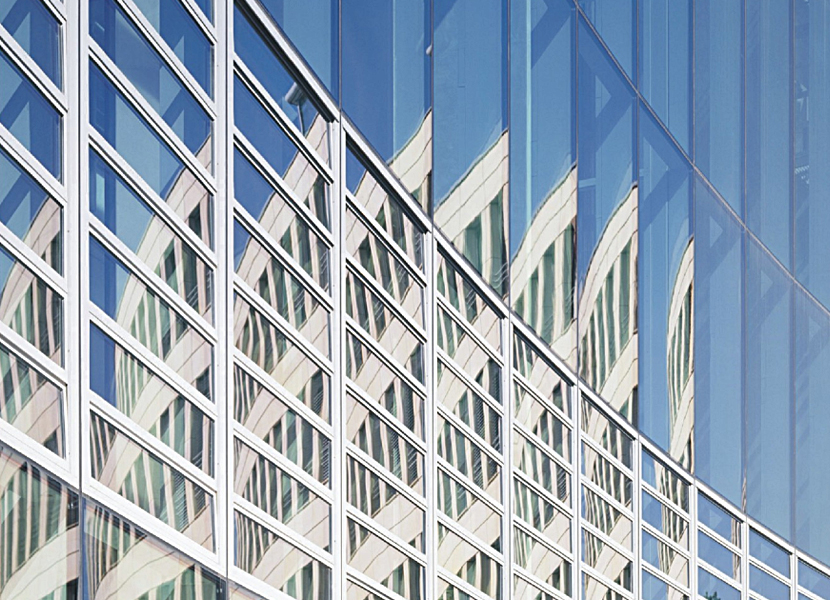Aluminum and aluminum alloy materials have low density, high strength, high thermal conductivity, strong corrosion resistance, and excellent physical properties and mechanical properties, so they are widely used in the welding structure of industrial products. For a long time, due to the improper selection of welding methods and welding technical parameters, the aluminum alloy parts are seriously deformed due to excessive stress concentration after welding, or due to defects such as weld pores, slag inclusion, and incomplete penetration, resulting in weld metal cracks or The raw materials are loose, which seriously affects the quality and function of the products.
1. Characteristics of aluminum alloy materials
Aluminum is a silver-white light metal with excellent plasticity, high electrical and thermal conductivity, and also has the ability to resist oxidation and corrosion. Aluminum is easily oxidized to produce Al2O3 film, and inclusions easily occur in the weld, which then damages the continuity and uniformity of the metal, reducing its mechanical function and corrosion resistance. Chemical composition and mechanical function of common aluminum alloy base metal and welding wire. Guang Yirong Copper and Aluminum Wholesale
2. Difficulties in welding aluminum alloy materials
(1) Very simple oxidation. In the air, aluminum simply combines with oxygen to form a fine Al2O3 film (thickness about 0, 1-0, 2 μm), with a high melting point (about 2050 ° C), far exceeding the melting point of aluminum and aluminum alloys (about 600 ℃ or so). The density of aluminum oxide is 3, 95-4, 10g/cm3, which is about 1 or 4 times that of aluminum. The surface of the aluminum oxide film is easy to absorb moisture. When welding, it prevents the fusion of the basic metal, and it is easy to form pores, slag inclusions, etc. Defects such as lack of fusion, resulting in reduced weld function.
(2) Pores are prone to occur. The main reason for the occurrence of pores when welding aluminum and aluminum alloys is hydrogen, because liquid aluminum can dissolve a lot of hydrogen, while solid aluminum hardly dissolves hydrogen, so when the temperature of the molten pool rapidly cools and condenses, hydrogen does not have time to escape. The collection of welds constitutes pores. At present, it is difficult to completely avoid hydrogen holes. There are many sources of hydrogen, such as hydrogen in the arc welding atmosphere, and moisture in the air adsorbed on the surface of aluminum plates and welding wires. Practice has proved that even if the purity of argon reaches 99, 99% or more according to the GB/T4842 standard, when the moisture content reaches 20ppm, there will be many fine pores. When the relative humidity of the air exceeds 80%, the weld will be Stomata are prominently present.
(3) The welding seam has a large tendency to deform and form cracks. The linear expansion coefficient and crystallization shortening rate of aluminum are about twice larger than those of steel, which is prone to large internal stress of welding deformation, and will promote the occurrence of hot cracks for structures with high rigidity.
(4) The thermal conductivity of aluminum is large (pure aluminum 0, 538 cal/Cm, s, ℃). It is about 4 times that of steel, so when welding aluminum and aluminum alloys, it takes more heat than welding steel.
(5) Transpiration burn loss of alloying elements. Aluminum alloys contain elements with low boiling points (such as magnesium, zinc, manganese, etc.), which are easily evaporated and burned under the effect of high-temperature arcs, and then change the chemical composition of the weld metal to reduce the weld performance.
(6) High temperature strength and low plasticity. The strength and plasticity of aluminum at high temperature are very low, which damages the formation of weld metal, and sometimes simply causes weld metal slump and weld penetration.
(7) No color change. When aluminum and aluminum alloys change from solid to liquid, there is no significant color change, making it difficult for operators to grasp the heating temperature.
K78 aluminium section for sliding window

The nominal wall thickness of the profile is 1.2~1.4mm, which is in line with relevant domestic standards.
The outer frame profile has a width of 78mm, and the inner and outer frames are all connected by 90° screws. The two-way seal is double-coated, the lines are simple, the processing is not exposed, and the appearance is elegant.
The sliding track has wide and narrow points, and is equipped with various schemes such as high and low sides, inner and outer yarn rails, etc., giving customers a variety of options. The wide rail adopts a circular arc design, the appearance is beautiful, the push and pull is smooth and smooth, and the bearing capacity is strong. , extending the life of the roller.
The sliding adopts the form of high and low rails, and is disassembled and assembled. At the same time, the stepped slope design is adopted, which greatly improves the watertightness of the whole window and can adapt to the coastal rainy area.
The inner fan light and the hook enterprise adopt hollow design, and the strength is excellent. The upper and lower parts are equipped with high quality guard files, which can increase the firmness and prevent the wind and rain from infiltrating and increase the air tightness.
The lower material adopts the form of high and low drop, which not only has better water tightness, but also can cover the sliding material track, so that the overall window shape is more beautiful and generous. The large series has three small series, which can meet the three different requirements of double glass, single glass and no pressure strip, and have strong versatility with each other.
The number of molds is large, and the sections are complete, which can satisfy any window type.

 English
English 简体中文
简体中文 España
España





